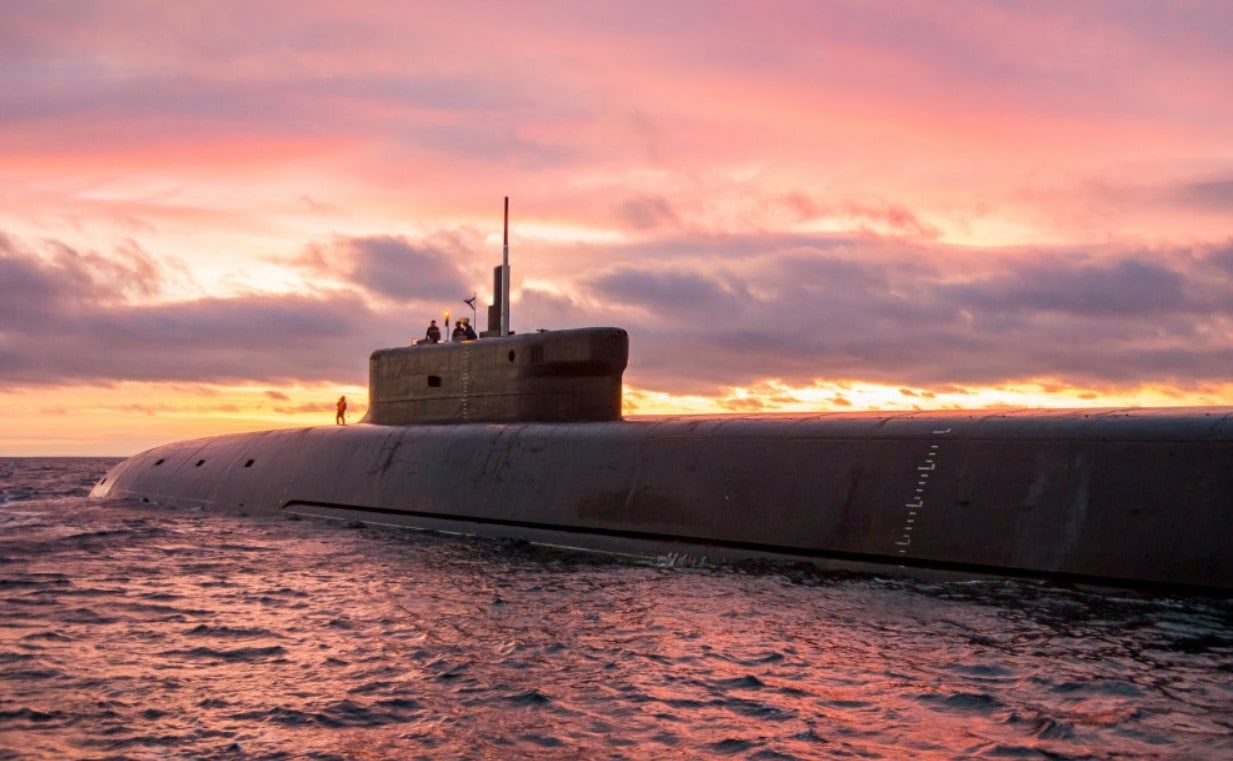The Russian military is known – well, at least until the war in Ukraine – as being a powerhouse. Of course, just like any military, Moscow does have some very exotic tools in its military arsenal. And that means sometimes Dolphins and Whales could be part of the equation: We often talk about special ops SEALs here at 1945, but we usually stay away from mentioning real wildlife unless it is a review for a hunting rifle. So, a story on animals is typically beyond the scope of the publication, except in this case. The military application of dolphins is something different and now it appears Russia has pressed into service these beautiful sea dwellers to serve as defenders of critical infrastructure. Can dolphins really guard naval ships?
Playing Defense
According to the U.S. Naval Institute news site, dolphin defense is happening in the Black Sea port of Sevastopol. Satellite images released by USNI show two dolphin pens that have been in service since February close to the invasion date of the Ukraine war. The dolphins are likely to make sure enemy combat divers do not come close to affixing explosive charges on Russia’s ships. Supposedly, Russia has been employing dolphins to guard friendly shipping since the Cold War. UNSI said that Moscow sent dolphins to Syria at the Russian naval facility in Tartus in 2018.
Dolphins Are Built for Duty
Dolphins have many advantages that lend themselves to serving in the military, according to a recent profile from NBC News. They are trainable and intelligent. They can send sound waves to find objects such as explosives. Dolphins can dive hundreds of feet below the waves and return quickly to the surface, unlike people, NBC’s Adam Larson wrote. USNI pointed out that dolphins can go as deep as 1,700 feet at speeds up to 16 knots.
The dolphins are believed to be equipped with commercial-off-the-shelf cameras to conduct their seaborne reconnaissance.
Not Just Dolphins – Also Whales and Seals
Russia also must protect naval bases in the Arctic, and this is where warm-water dolphins cannot operate. So, the military has turned to beluga whales and seals who can swim better in cold water for limited amounts of time.
USNI’s HI Sutton wrote that the whales are becoming the main asset to protect Russia’s Arctic espionage presence. “Beluga whale pens have now also been established at Olenya Guba, the secretive naval base of GUGI (Main Directorate Of Deep-Sea Research). The intelligence organization is believed to be responsible for key undersea espionage assets of the Russian military.”
U.S. Navy Has Been Using Sea Mammals for Decades
The Russians are not the only military to use sea mammals. The U.S. Navy has been utilizing various sea creatures for defense purposes since 1959. “At one point during the 1980s, the U.S. program had over 100 dolphins, as well as numerous sea lions and beluga whales, and an operating budget of $8 million dollars,” wrote Matt Potter reporting from a San Diego medial outlet.
Dolphins Swimming Patrols Off Iraq
In 2003, the Americans had dolphins deployed off the coast of Iraq near Umm Qasr to guard Allied shipping that was engaged in humanitarian relief efforts. The dolphins took part in mine-clearing at the port.
In 2013, U.S. Navy dolphins discovered an old torpedo in the Pacific Ocean off the coast of Coronado Island near San Diego. The operation was part of a mine-hunting expedition by the U.S. Navy’s SPAWAR.
The undersea mammal program will likely someday give way to undersea reconnaissance drones. But until then, the dolphins and other creatures can handle underwater snooping whether it is in the Black Sea, the Arctic, the Persian Gulf, or the Pacific Ocean.
Now serving as 1945’s Defense and National Security Editor, Brent M. Eastwood, PhD, is the author of Humans, Machines, and Data: Future Trends in Warfare. He is an Emerging Threats expert and former U.S. Army Infantry officer. You can follow him on Twitter @BMEastwood.

